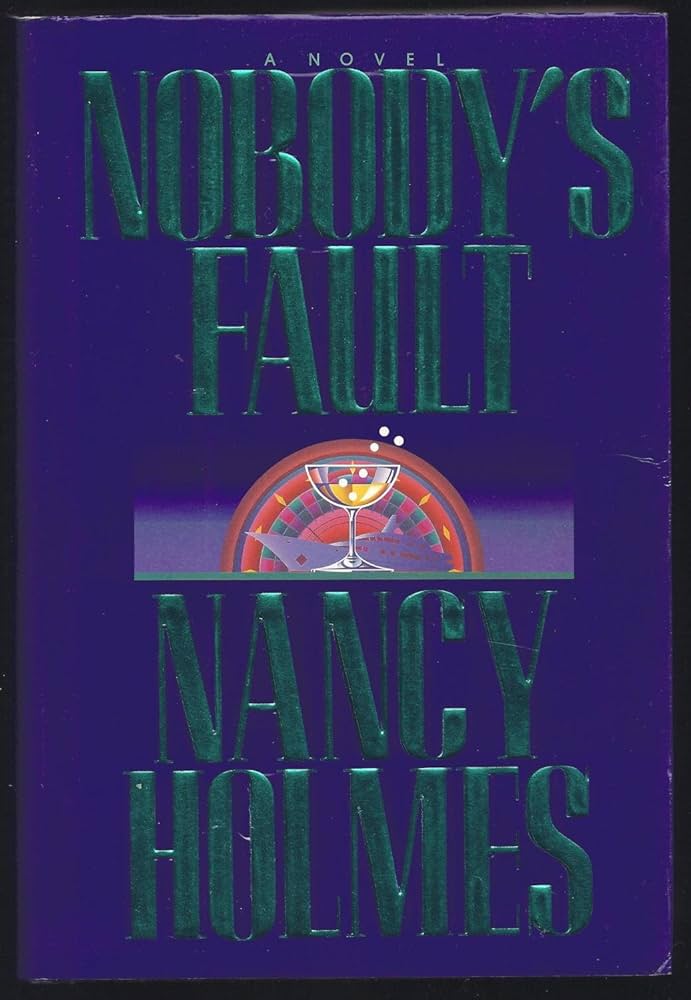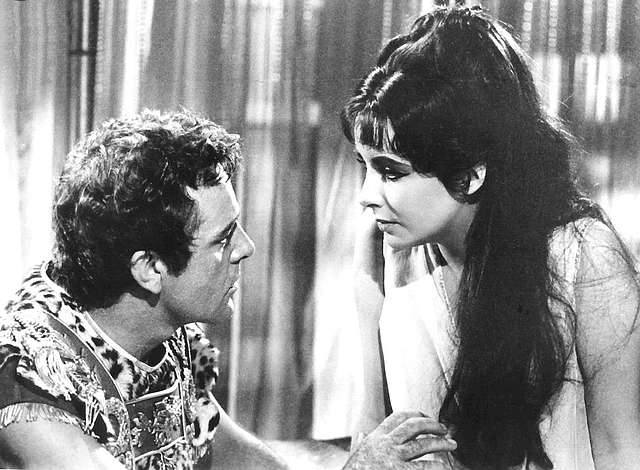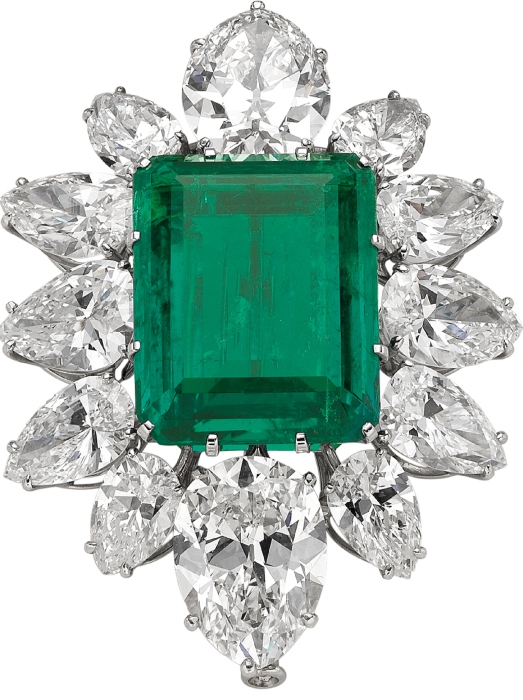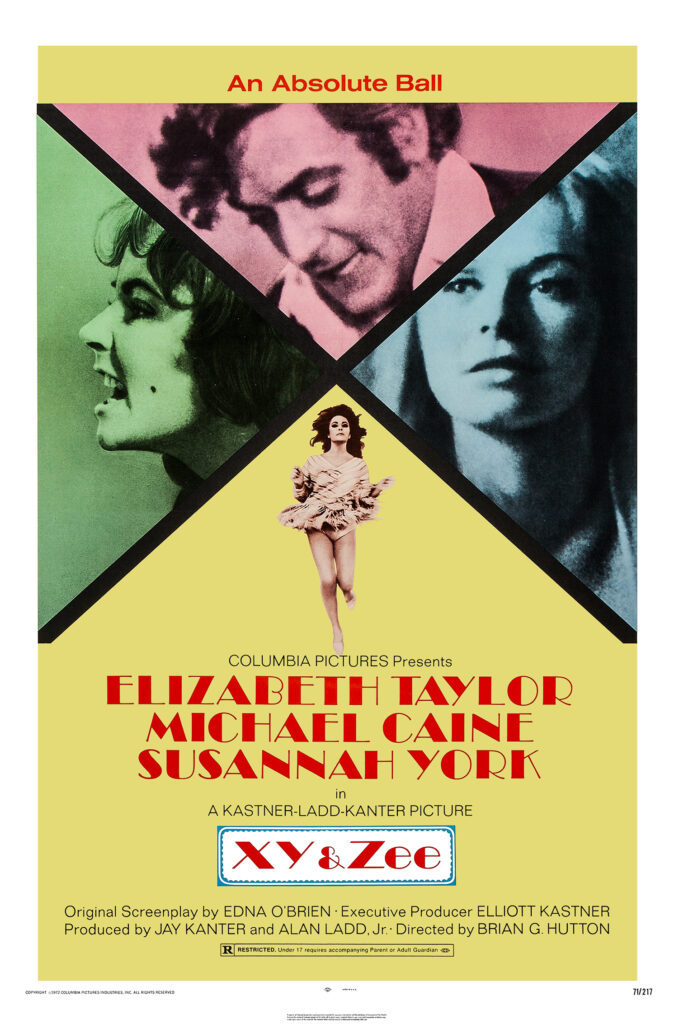Mid-Century Jet Set Social Chronicler, Artisan & Muse Paved Path For The Modern Woman

If a picture paints a thousand words, then Nancy Holmes captured millions of them in her social chronicling and photojournalistic career. In an exclusive retrospective, the San Antonio resident recounted her career, her loves, and her life in the locations of some of the world’s best-loved films with the most fascinating movie stars of the era. Join us as her longtime dear pal, our own social arbiter Lance Avery Morgan, captured her dynamic essence.
“They say the camera doesn’t lie,” reflected Nancy Holmes about her career as a globe-trotting photojournalist…you bet it does. Exactly the way you want it to.” Few have captured images as substantial as Holmes had. At the time of this interview, the 85-year-old’s age was a tad misleading. She had the style of a woman decades younger and a twinkle in her eye of a woman even younger than that. It’s called being ageless, and Holmes’ life had indeed seemed, to many, quite an ageless and charmed one.
Ensconced in a San Antonio high-rise apartment that could be easily mistaken for a residence on the Upper East Side of Manhattan, Holmes was in a reflective mood about her career and life. She was gorgeously dressed head-to-toe in an emerald green blouse and pants, with enough good jewelry to make a subtle statement. Every wall and shelf was dotted with images from her life. There was even a ‘Men’s Room,’ her guest bathroom with walls covered with inscribed photos of her favorite men in her life and career. “As Sophie Tucker famously said, ‘I’ve been rich, and I’ve been poor, and rich is better.’ I disagree. I’ve loved being both because I had to make a living and create my destiny. I wouldn’t trade that for the world,” quipped Holmes. From the mid-20th century forward, Holmes was certain to have a common denominator with just about any notable pop cultural personality from the worlds of entertainment, fashion, art, and commerce. She either met them at a dinner party while yachting on the Mediterranean in the 1950s, as the set photographer for Columbia Pictures during the 1960s, until she worked for the London Daily Mail and British Vogue, or encountered them while serving as an editor at Town and Country magazine from 1972 to 1984.
Her friends’ names, such as Gloria Guinness, Frank Sinatra, Malcolm Forbes, Art Buchwald, and Jacqueline Kennedy Onassis, rolled off her tongue easily. When it came to knowing influential people, Holmes could write a book on it. She’d written several works of fiction based on her jet-set experiences with the super-rich and infamous over the years…saucy society novels even Sidney Sheldon might envy. They were fictionalized in her roman à clef books, The Dream Boats, The Big Girls, and Nobody’s Fault.



When I asked her about the secret behind her remarkable persona, she confided, “It wasn’t all that difficult. Back then, so few people aspired to live the extraordinary life I wanted to live. With about a third fewer people in the world, it certainly made things easier.” Despite her modesty, she always carried a self-effacing humor, ready for any occasion. Once, when queried about a South Texas ranch heiress known for her skill in gutting and dressing animals, she quipped, “Yes, she can handle an animal. I’ve witnessed her do the same with a few men, too.” Holmes spoke frankly and never hesitated to express her strong opinions.
GLAMOUR GIRL #1

Courtesy of Nancy Holmes
Glamour came easily to Holmes. After growing up in Hawaii and then living in Washington D.C., and Manhattan, she knew her way around the world. She first understood the allure a camera could create when she was the first American couture model in Paris for the House of Pierre Balmain after World War II. She discovered being in front of the camera was very different than being behind it when she dated Life’s famed photographer Robert Capa in post-war Europe. The richness of hues, the play of light, and the ability to create a portrait are some reasons she took up a camera herself. Throughout the 1950s, 60s, and 70s, her words and images appeared in magazines such as Life, Look, Vogue, Harper’s Bazaar, and Town & Country.

Holmes’ scribe-filled beginnings were illustrious. She started in the world of high-profile journalism as the New York Journal-American afternoon fashion editor. “I was called the afternoon fashion editor because the other two fashion editors there, both named Alice, loved to have their three martinis at the Colony Club for lunch and never made it back to work in the afternoons,” Holmes confided. “I didn’t drink then and was always there working through the afternoons.” As a young divorcee, she quickly became the fashion editor of the twice-monthly Look magazine after leaving her newspaper position. “I was supporting myself, my mother, and two children, so it was an offer I couldn’t refuse. Look doubled my salary,” she said. Then, an offer she really couldn’t refuse came when she was living in London during the 1960s, to shoot for Columbia Pictures on exotic locations for magazine publicity for their upcoming films.
She recalled that London was a glittering place during those days. Tycoon Walter Annenberg, the Ambassador from the United States to the Court of Saint James in England, and his socialite wife, Lee, were prolific entertainers and brought Holmes into their circle. “Lee called me and said, ‘Nancy, we love having you, but there are times when I’m going to ring you up on late notice when someone drops out on me, and you’ll have to be the ‘extra man’ guest at my dinner parties,” Holmes said. “I never did mind that since I was seated next to almost everybody who was anybody of that era.”
CHARMED, I’M SURE
Holmes was known to have charmed many men across several continents. Holmes admitted, “If I had to choose a song that describes me, it’s I Fall in Love Too Easily.” She was one of the girlfriends of Charles Addams, the famous New Yorker cartoonist and creator of The Addams Family. She was mentioned prominently throughout the biography of him, A Cartoonist’s Life. She also dated Greg Bauzter, the attorney with movie star looks from the Golden Age of Hollywood, who dated actresses like Lana Turner, Ava Gardner, and Joan Crawford. “Greg once pointed to one of the many scars on his face and said, ‘That’s the one Crawford gave me after a party at Ciro’s. And, once she gave me a white Cadillac convertible with blue leather seats, then she had it driven into the Pacific Ocean in Santa Monica. She would get so mad at me when I would talk to other women.’”
Her fusion of fashion and celebrity worlds contributed to her continued success. “Jack Hamilton, the movie editor at Look, called me when I had moved to Europe to be with my children, who were in school in Switzerland,” said Holmes. “I had lived in Rome for a year before that, which was great in those days–Anita Eckberg, Alain Delon, the Spaghetti Westerns. Hamilton tracked me down at my chalet in Gstaad and said, ‘I have an assignment for you.’ That was it. I was on my way. He was a great editor and very instinctual because much later, he said, ‘I want you to do a story on Rex Harrison because I think he’s going to win the Oscar for My Fair Lady. It had to be my favorite story I photographed. It was called The Rich, Restless Life of Rex Harrison, and, of course, he won the Oscar. He and his wife Rachel were close friends of mine, and I photographed him for nine years as his personal photographer.”

SEEING GREEN
Holmes was also close pals with the Taylor-Burtons, as in Elizabeth Taylor and Richard Burton. She met them in Italy when they were filming Cleopatra, and Rex Harrison, playing Caesar in the film, was assigned to be photographed by Holmes. “I then began to shoot Elizabeth,” shared Holmes. “I was one of her favorites, thank heavens, because she and I got along great.” At that time, she was married to Eddie Fisher. A marriage that was over by the time Cleopatra was done. In 1962, Two Weeks in Another Town, a big hit starring Kirk Douglas, was about to start filming in Rome. To welcome the cast and crew to Rome, Eddie and Elizabeth held a party at the Grand Hotel to honor Kirk. Kirk called me and said, ‘Let’s go together.’ Elizabeth was wearing a divine white chiffon number with scads of emeralds around her neck and walked in unforgivably late, but Richard Burton came, just off the plane from New York, in a rented dinner jacket. He had just finished starring in Camelot on Broadway and was considered to be quite hot. When Richard walked in, he and Elizabeth locked eyes, and Kirk and I actually saw the very beginning of that relationship. Kirk said to me, ‘Did you see what I saw? And I said, ‘No one could miss it.’ And well, we know the rest about them.”

Holmes was on many of Taylor’s films and was an eyewitness to the celebrity relationship the rest of the world hungered to hear about at the time. “One day on Cleopatra, Elizabeth called me and asked that I join her in her dressing room, which was about half the size of the Hollywood Bowl,” mused Holmes.“ She said, ‘The gentleman from Bulgari is coming to show me some things.’ So, Richard Burton pops into the room, and Liz says, ‘Richard, isn’t this emerald absolutely divine?’ This emerald was about two and a half inches square. Richard responded, ‘How much is that damn thing?’ The salesman quoted its multi-million lira price, which was about $250,000 in those days. Burton exploded and asked Liz, ‘What kind of bloody idiot would pay that kind of money for a piece of green glass?’ To which Liz quickly replied, ‘Darling, you are.’” Holmes noted that Taylor made Burton a million-dollar-a-film star.

Holmes even taught Taylor’s young son, Michael Wilding, Jr., how to use a camera on the film set of X, Y & Zee as a favor to Taylor. “I’ll never forget that,” recalled Holmes. “Liz had stalled for weeks for a cover shot I really needed to get. So, on the last day of the shoot, I thought, it’s now or never, and Elizabeth just wasn’t going to have it. So, I grabbed her by the wrist and said, ‘Sit down,’ and in five minutes, I got what I needed. That photo ended up on seven magazine covers and was seen worldwide. She wore the most beautiful low-cut V-neck dress and a brooch. If you have to get a photo, you have to get it. It’s that simple. I showed Michael how to get a shot when you needed one.”
LOCATION, LOCATION, LOCATION
Holmes reflected that some of the film locales were quite dangerous. “I spent six weeks living in a tent in Namibia, which used to be Southwest Africa,” recalled Holmes. “It was the toughest of the 33 films I did. It was called Creatures of the World Forget and starred Julie Ege, whom I shot in a zebra bikini because she had such a knockout figure. She’d had an affair with a British Member of Parliament and had quite a reputation. The co-star was Australian actor Tony Bonner. It was a prehistoric-themed film, and all they did was grunt because it was produced by the Winter brothers in England, who were too cheap to pay for translating dialogue.
It was an amazing time because we came up against Apartheid, so we had the Irish and South African actors, who were the caveman extras in the film, as our bodyguards. We were glad to have them to protect us since Julie and I were the only women on the location. I remember it was so dry and hot, and the only meat served at the food tent was zebra, which was horrible. Julie and I lived on some wonderful South African oranges we found, some bread, and good South African white wine. We also found an old opal mine filled with water that we, and the muddied extras, used as a swimming hole.”

War films can sometimes be the most dangerous of all to work on, and Holmes learned that firsthand. “In 1968, we were shooting a film called Castle Keep, starring Burt Lancaster, Patrick O’Neal, and Bruce Dern in Petrovaradin, Yugoslavia, on the Danube River,” she remembered. “It was a story of the Battle of the Bulge, and the cast and crew lived in a castle. Well, the day we arrived, they had a blizzard, which was the worst thing I’d ever seen. Then, it never snowed again, and we had to use manufactured snow. The most dangerous thing was that defective WWII ammunition was being used in all the war scenes. I was such a smart ass in those days, and I was always taking risks to get a picture. I was standing by the camera, and a little bullet whizzed by my ear and destroyed the Panavision lens just inches away from me. I didn’t take as many risks after that.”
Asked about the secret to her success, Holmes shared that other photographers’ styles never influenced her. “I loved shooting portraits and shooting them in black and white,” said Holmes. “The more spontaneous, the better.” Her trained eye came in handy when she was a Town & Country magazine contributing editor and worked with photography greats like Slim Aarons and Norman Parkinson. Her taste was her own, and she did not revere other photographers just because they were famous. “I hated what Richard Avedon did to the Duke and Duchess of Windsor when he shot them,” said Holmes. “He made them look horrible. And Diane Arbus? She shot freaks. I couldn’t stand any of it. My style is for beauty, not beasts.”
SOFT FOCUS

In her later days, Holmes stayed busy with myriad friends and family and always made time to travel in high style. She excelled in her most cherished roles: as a devoted mother, grandmother, and great-grandmother, and as a trusted confidante to her closest friends. Known for her welcoming nature, she constantly sought new connections and mentored up-and-coming talents. We imagine her now, up in the sky as the stars twinkle, perhaps at a splendid white-tie affair, reuniting with old friends and captivating new acquaintances with her timeless charm and grace.
Before her death, Nancy Holmes was writing another book and confided, “It’s for my great-grandson. It’s called Dear Harry, and it is advice from great-grandmother to great-grandson. It will be about life, love, and the pursuit of happiness. The first sentence is, ‘Dear Harry, I’ve had such a lucky life. I have so much to tell you that I don’t even know where to start.’”







